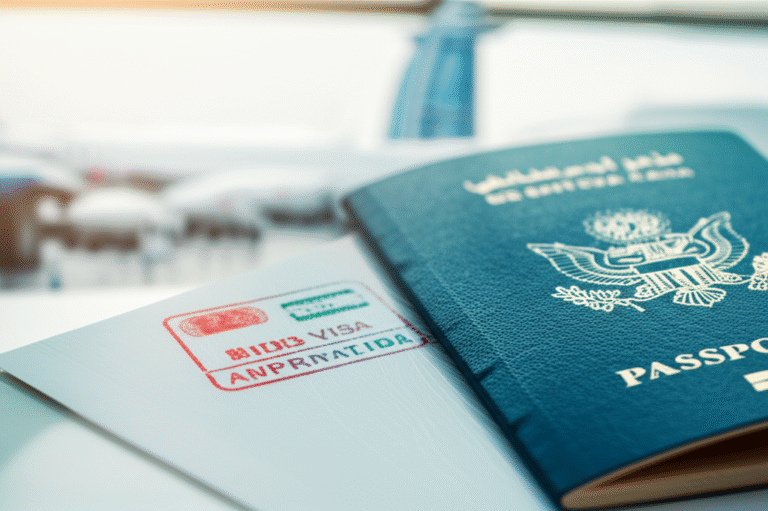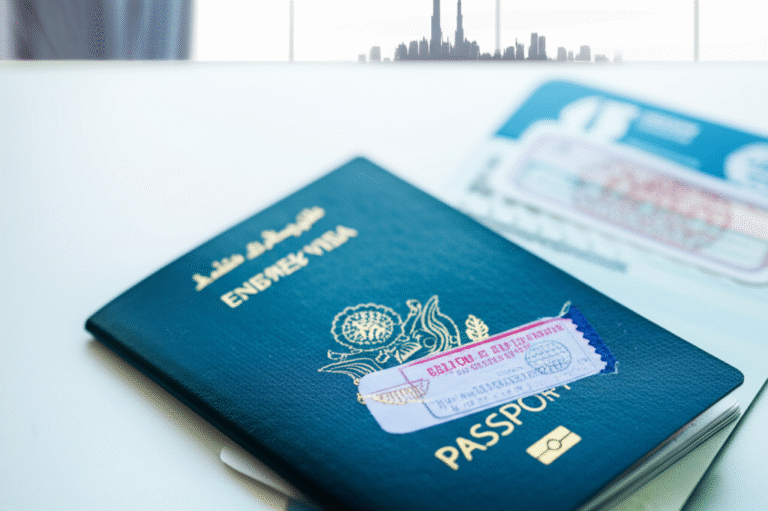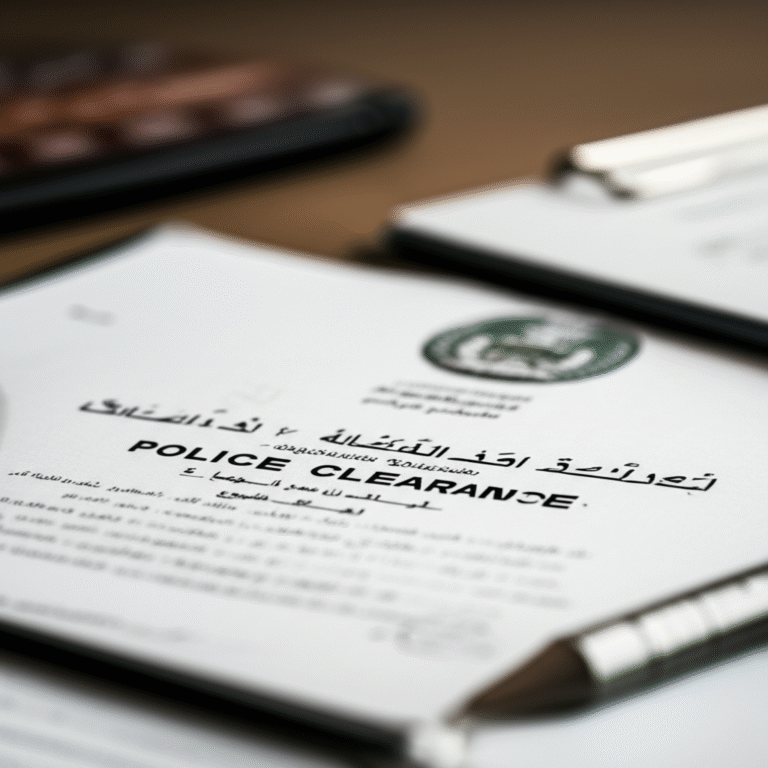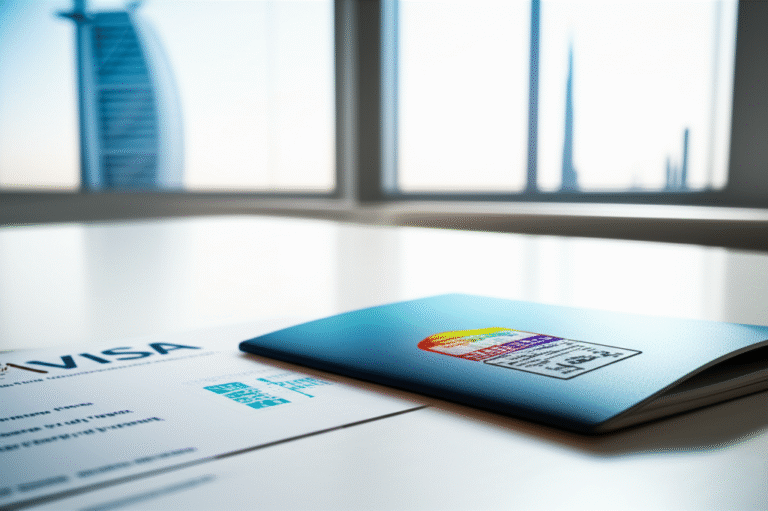How to Check Medical Insurance: Essential Guide

Understanding your medical insurance is simpler than you think. This guide will walk you through checking your policy details, coverage, and how to find out if your Emirates ID is linked, ensuring you have the confidence to navigate healthcare with peace of mind. We’ll break it down into easy steps.
Navigating the world of medical insurance can sometimes feel like deciphering a secret code, especially when you’re just starting out. Many of us wonder about our coverage, what’s included, and how to access that information quickly. If you’re in the UAE and have an Emirates ID, you might also be curious about how that plays a role. Don’t worry, it’s not as complicated as it sounds! This guide is designed to be your friendly companion, breaking down the process of checking your medical insurance into simple, actionable steps. We’ll help you feel empowered and informed about your healthcare journey.
Understanding Your Medical Insurance Policy
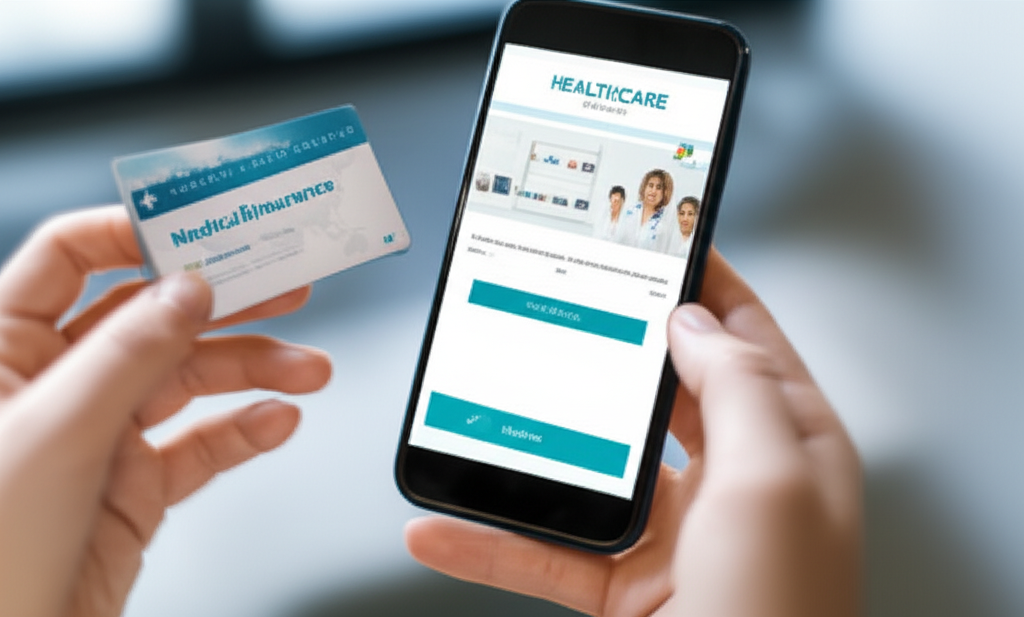
Before we dive into the “how-to,” let’s get a basic understanding of what medical insurance is all about. Think of it as a safety net for your health. It’s an agreement with an insurance company where you pay regular premiums (like a monthly fee), and in return, they cover a portion of your medical expenses if you get sick or injured. This can include doctor’s visits, hospital stays, surgeries, medications, and more. Knowing your policy details is crucial because it helps you understand what services are covered, what you might have to pay out-of-pocket, and which healthcare providers you can visit.
In many countries, including the UAE, medical insurance is often provided by employers as part of your employment benefits, or you might purchase it independently. Regardless of how you get it, the responsibility to understand it is yours, and it’s a vital part of managing your personal finances and well-being.
Why Checking Your Medical Insurance is Important

You might be thinking, “Why do I need to actively check my insurance? Isn’t it just there?” Well, life happens, and situations change! Regularly checking your medical insurance offers several key benefits:
- Ensures Adequate Coverage: Your health needs can change over time. What was sufficient a year ago might not be now. Checking your policy helps you confirm you have the right level of coverage for your current needs.
- Avoids Unexpected Costs: Understanding your co-pays, deductibles, and out-of-pocket maximums means you won’t be surprised by bills you weren’t expecting.
- Identifies Network Providers: Most insurance plans have a network of doctors and hospitals they partner with. Knowing who is in your network can save you money and hassle.
- Verifies Policy Details: Sometimes, policy details can be updated or miscommunicated. Checking ensures the information you have is accurate, especially if your employer changes providers.
- Peace of Mind: Knowing you’re covered and understanding those details brings immense peace of mind, allowing you to focus on your health rather than worrying about logistics.
- For those in the UAE with an Emirates ID: It’s important to ensure your insurance is active, particularly if it’s linked to your residency or employment, and that you can access services smoothly.
Step 1: Gather Your Essential Information
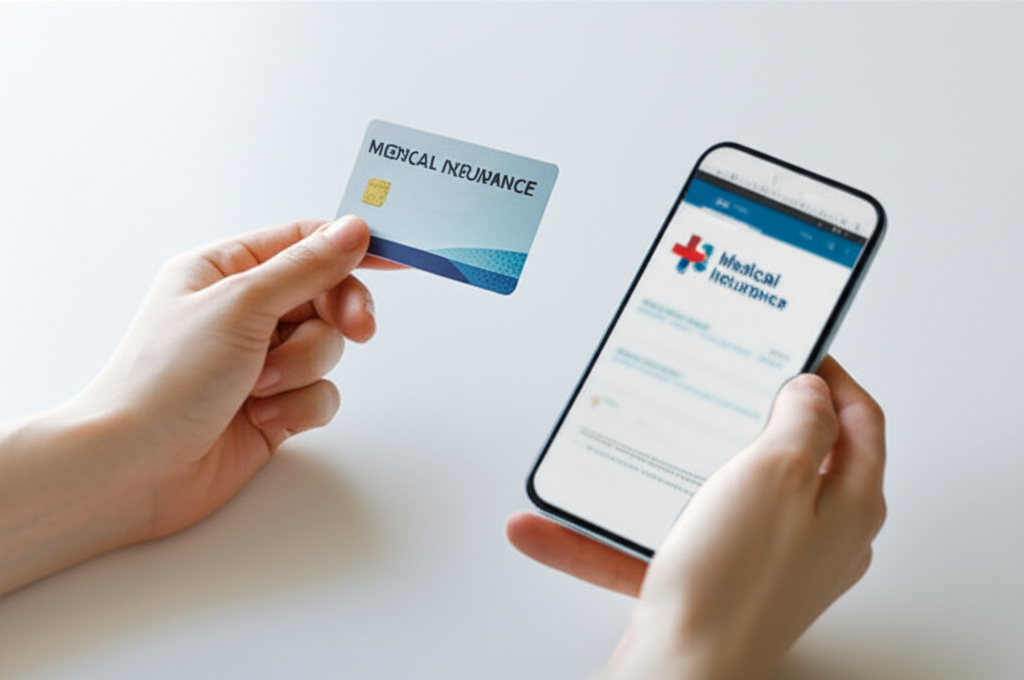
Before you start digging into your policy, it’s helpful to have some key pieces of information ready. This will make the process much smoother and faster.
- Your Emirates ID: This is crucial, especially in the UAE, as it often serves as your primary identification for services.
- Policy Number: This unique identifier is on your insurance card and all policy documents.
- Member ID / Policyholder Name: Your name and the specific ID they use for you in their system.
- Employer Information (if applicable): If your insurance is through work, know your employer’s name and potentially an HR contact.
- Insurance Provider Name: The name of the company that provides your medical insurance.
Having these details at hand will allow you to quickly identify yourself and your policy when you contact your provider or check online.
Step 2: Locate Your Insurance Card
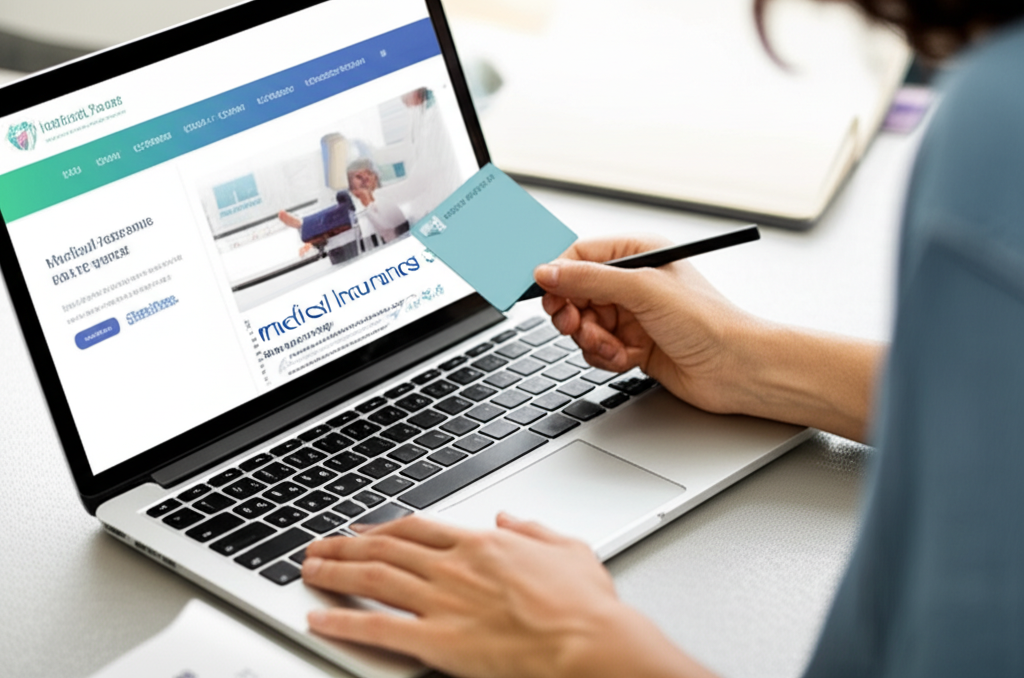
Your medical insurance card is like your golden ticket to healthcare services. It’s usually a small, plastic card, similar to a credit card, and it contains all the vital information you’ll need. If you don’t have a physical card, you likely have a digital version.
What to look for on your card:
- Your Name: To confirm it’s yours.
- Policyholder Name: If it’s a family plan.
- Policy Number: The main identifier for your plan.
- Member ID or Group Number: A specific number linked to your individual coverage within the policy.
- Insurance Provider’s Logo and Contact Information: Phone numbers for customer service, claims, and often a website address.
- Co-pay Amounts: The fixed amount you pay for services like doctor visits (e.g., AED 50).
- Deductible: The amount you pay out-of-pocket before insurance starts covering costs.
- Out-of-Pocket Maximum: The most you’ll pay for covered services in a policy year.
If you can’t find your physical card, check your wallet, your email inbox (for digital copies), or your employer’s HR portal.
Step 3: Checking Coverage Options
Knowing what your insurance covers is the most critical part of understanding your policy. Coverage can vary significantly between plans.
What to Check For:
- Doctor Visits (GP and Specialists): Are these covered? Is there a co-pay? Do you need a referral from a General Practitioner (GP) to see a specialist?
- Hospitalization: What are the limits for hospital stays? Are there specific hospitals you must use?
- Emergency Care: Is emergency care covered, and what are the conditions?
- Prescription Drugs: What tier system does your plan use for medication costs? Are certain drugs excluded?
- Preventative Care: Services like vaccinations, annual check-ups, and screenings. These are often covered at 100% to encourage healthy living.
- Maternity Care: If applicable, what does it cover for pregnancy and childbirth?
- Mental Health Services: Are counseling and therapy sessions covered?
- Dental and Vision: These are often separate riders or have limited coverage. Check if they’re included.
- Pre-existing Conditions: How are existing medical conditions handled?
- Exclusions: What services are specifically NOT covered by your plan (e.g., cosmetic surgery, experimental treatments)?
You can usually find this information in your Summary of Benefits and Coverage (SBC) document, which is legally required to be provided by insurers. It’s a standardized document that makes it easier to compare plans. If you don’t have it, you’ll need to request it from your insurer.
Step 4: How to Check Your Medical Insurance (with a Focus on Emirates ID in the UAE)
This is where we get practical, especially if you’re in the UAE. Your Emirates ID is a key identifier, and many insurance processes are integrated with it.
Method 1: Calling Your Insurance Provider
This is often the most direct way to get clear answers. Every insurance card has a customer service number.
- Dial the number: Look for the phone number on your insurance card, usually labeled “Customer Service” or “Enquiries.”
- Be ready with your information: Have your Emirates ID, policy number, and any other identifying details handy.
- State your request clearly: You can ask things like:
- “Can you please confirm my current coverage details?”
- “What is my co-pay for a GP visit?”
- “Which hospitals are in my network?”
- “I want to verify if my Emirates ID is linked to my active policy and if the coverage is up-to-date.”
- Take notes: Jot down the representative’s name, the date and time of your call, and any crucial information they provide. Ask for reference numbers if possible.
Method 2: Using the Insurance Provider’s Website or App
Many insurance companies offer online portals or mobile applications where you can manage your policy.
- Visit the official website: Go to your insurance provider’s website.
- Look for “Customer Login” or “Member Portal”: You might need to create an account if you haven’t already.
- Log in: Use your credentials. Some portals might allow login using your Emirates ID as a primary identifier, or it might be a field you enter after logging in.
- Navigate to your policy details: Once logged in, you should find sections for “My Policy,” “Coverage,” “Benefits,” or “My Plan.”
- Explore the information: Here you can typically find details on your coverage, deductible, co-pays, network providers, and sometimes even digital versions of your insurance card.
- Check for Emirates ID integration: Look for any sections that ask for or display your Emirates ID to confirm it’s correctly associated with your active insurance. Some portals might have a specific section to update or verify your Emirates ID for smoother service at healthcare facilities.
Using a mobile app can be even more convenient for quick checks on the go.
Method 3: Checking Through Your Employer or HR Department (If Applicable)
If your insurance is employer-sponsored, your HR department is a valuable resource.
- Contact your HR representative: Reach out to your company’s HR department.
- Request policy information: Ask them for a copy of your current insurance policy documents, particularly the Summary of Benefits and Coverage (SBC).
- Inquire about enrollment or changes: If you believe there might be an issue with your coverage or how your Emirates ID is linked, HR can often liaise with the insurance provider on your behalf. They can confirm if your coverage is active and properly registered.
Method 4: Visiting a Healthcare Provider with Your Emirates ID
This is a practical way to confirm your insurance is active and usable.
- Schedule an appointment: Book an appointment with a doctor or at a clinic/hospital.
- Present your Emirates ID: When you arrive for your appointment, present your Emirates ID. The reception staff will typically use this to look up your details in their system, which is often linked to the UAE’s health insurance infrastructure.
- Confirm coverage at reception: The administrative staff will check your insurance status and coverage for the service you’re seeking. They will inform you of any co-pays or amounts you need to pay upfront. This is a real-time check and a good indicator that your insurance is active and recognized.
Understanding Your Emirates ID and Health Insurance in the UAE
In the United Arab Emirates, the Emirates ID card is more than just a residency permit; it’s a crucial tool for accessing services, including healthcare. For individuals residing in the UAE, health insurance is mandatory, whether provided by your employer or purchased privately.
How Emirates ID Links to Insurance:
- Unified System: The UAE has worked towards integrating health insurance systems. Your Emirates ID is often the primary key that links you to your health insurance policy within these systems.
- Seamless Access: When you present your Emirates ID at a registered healthcare facility, they can pull up your medical history and insurance details (if they are correctly linked). This allows for faster processing and direct billing to your insurer.
- Policy Verification: Insurance providers and healthcare providers use your Emirates ID to verify the validity and scope of your insurance coverage. It ensures that the person seeking treatment is indeed the insured individual and that the policy is active.
- Mandatory Requirement: For many residents, having valid health insurance linked to their Emirates ID is a requirement for visa renewal and maintaining legal residency.
If you are unsure whether your Emirates ID is correctly linked, contacting your insurer or HR department is the best course of action. You can also inquire at a hospital or clinic when you next visit.
What If You Can’t Find Your Policy Information?
It’s completely understandable if you’re struggling to locate your insurance details. Don’t get discouraged! Here’s what you can do:
- Retrace your steps: Think about when you last saw your card or documents. Check old emails, filing cabinets, or digital storage.
- Contact your HR department: If your insurance is through work, they are your best resource for obtaining copies of policy documents or confirming your coverage status.
- Call your insurance provider’s general helpline: Even without a policy number, they can often help you locate your information using your personal details (name, date of birth, Emirates ID, and sometimes your employer’s name). Explain your situation clearly.
- Ask your employer’s benefits administrator: They are specifically tasked with managing employee benefits, including health insurance.
- Check with your spouse or family member: If you’re on a family plan, another policyholder might have the information.
Be patient with yourself and the process. Insurance companies and employers are accustomed to these requests.
Understanding Key Insurance Terms
To make checking your policy easier, it helps to know a few common terms:
| Term | Meaning |
|---|---|
| Premium: | The amount you pay regularly (e.g., monthly) to keep your insurance policy active. |
| Deductible: | The amount you pay for covered healthcare services before your insurance plan starts to pay. |
| Co-payment (Co-pay): | A fixed amount (e.g., AED 50) you pay for a covered healthcare service after you’ve met your deductible. |
| Co-insurance: | Your share of the costs of a covered healthcare service, calculated as a percentage (e.g., 20%) of the allowed amount for the service. You pay co-insurance plus any deductibles. |
| Out-of-Pocket Maximum: | The most you’ll have to pay for covered services in a plan year. After you spend this amount on deductibles, co-payments, and co-insurance, your health plan pays 100% of the costs of covered benefits. |
| Network Provider: | A doctor, hospital, or other healthcare provider that has a contract with your health insurance company to provide services to its members. Using out-of-network providers usually costs more. |
| Pre-existing Condition: | A health problem that you had before the date that your new health insurance coverage starts. |
| Exclusions: | Services or treatments that your health insurance plan does not cover. |
Conclusion: Staying Informed for Better Health
Taking the time to understand your medical insurance is an investment in your well-being and financial security. By following these steps, you can confidently check your policy details, understand your coverage, and ensure your Emirates ID is properly linked for seamless healthcare access in the UAE. Remember, you don’t need to be an expert; just knowing where to look and who to ask makes a huge difference. Don’t hesitate to reach out to your insurance provider or HR department – they are there to help! Being informed is the first and most important step towards managing your health with peace of mind.
Frequently Asked Questions About Checking Medical Insurance
Q1: How often should I check my medical insurance details?
It’s a good idea to review your medical insurance at least once a year, especially before your policy renews. However, you should also check if you experience significant life changes (like starting a new job, getting married, or having a child), if you notice changes in your healthcare needs, or if you’re planning a major medical procedure.
Q2: Can my employer change my health insurance without telling me?
While employers typically inform employees about significant changes to benefits, it’s always wise to stay informed. If your company switches insurance providers or makes major changes to the plan, they should communicate this. If you’re unsure, the best approach is to proactively ask your HR department about any upcoming changes or to review your updated policy documents annually.
Q3: What happens if I go to a doctor not in my insurance network?
Visiting an out-of-network provider usually means you’ll pay more out of your own pocket. Your insurance might cover a smaller portion of the costs, or not cover them at all, unless it’s an emergency situation. It’s always best to verify if a provider is in your network before receiving non-emergency services.
Q4: Is my Emirates ID automatically linked to my health insurance in the UAE?
It should be, as it’s a mandatory requirement for residents. However, the linking process involves your employer or insurance provider registering your Emirates ID with the insurance system. If you’re experiencing issues accessing care, it’s worth confirming the link with your insurer or HR department.
Q5: What is a Summary of Benefits and Coverage (SBC)?
The SBC is a standardized document provided by your health insurance company that clearly outlines what the plan covers, what you pay for covered services, and how much it will cost you. It uses plain language to make it easier to understand and compare different insurance plans, as required by regulations in many countries.
Q6: I lost my insurance card, what should I do?
Don’t worry! Your first step should be to contact your insurance provider. You can do this by calling the customer service number on their website or by logging into your online member portal. You can request a replacement card be mailed to you or, in many cases, download a digital copy from their app or website to use immediately.


